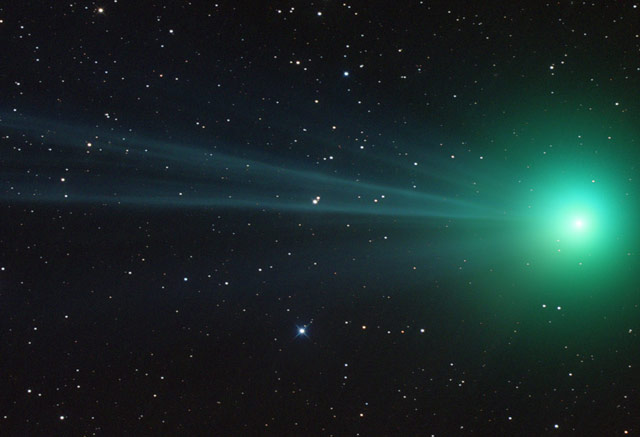Hi everybody
Here's the latest article from the Astronomy site at BellaOnline.com.
Our Explosive Sun - book review
The Sun is the star of the Solar System and makes life on Earth possible. But it's also a danger to our technological civilization. Learn all about our fascinating star in the beautifully illustrated “Our Explosive Sun.”
http://www.bellaonline.com/articles/art179599.asp
*Clyde Tombaugh (Feb 4, 1906 – Jan 17, 1997)*
Clyde Tombaugh was the American astronomer who discovered Pluto in 1930. He was working at Lowell Observatory in Arizona, searching for the massive planet predicted by Percival Lowell. Tombaugh was a methodical and thorough observer, which is how he found tiny Pluto. He had assumed he'd found Lowell's massive Planet X, but over the years each new measurement of the new body made it out to be smaller. Tombaugh didn't live to see his planet finally reclassified as a dwarf planet, but that means he also missed its being the largest of the Kuiper Belt objects and part of a previously-unknown part of the Solar System.
NASA's New Horizons mission is on its way to study Pluto and its moons, and should arrive there in 2015. In addition to all of things you might expect a space probe to have, New Horizons also contains an ounce of Clyde Tombaugh's ashes.
*Eek! Here comes another asteroid!*
Asteroid 2012 DA14 is 40 - 50 meters (130 - 160 feet) across and on February 15 will come closer to Earth than any other natural object predicted well in advance. It's bigger than any object which has come close to Earth since the 1990s when regular sky surveys began. And at its closest it will be closer to us than satellites in geostationary orbit. Yet there's no need for worry, as its orbit is well known and it won't hit Earth.
*Comet Panstarrs *
Astronomers expect that next month Comet Panstarrs will be visible. According to Fred Espenak, comets with similar orbits have brightened rapidly as they approached the Sun. So Panstarrs could brighten impressively. Or it could fizzle out as Comet Kohoutek did in 1973. Based on observations in December and January, it looks like the brightening of Comet Panstarrs has already slowed down. But it could still be visible to the naked eye in mid-March. It's worth watching the sky after sunset then.
For a variety of astronomy images, follow me on Pinterest at: http://pinterest.com/astrobella/
To participate in online discussions, this site has a community forum all about Astronomy located here - http://forums.bellaonline.com/ubbthreads.php?ubb=postlist&Board=323
Please visit astronomy.bellaonline.com for even more great content about Astronomy.
I hope to hear from you sometime soon, either in the forum or in response to this email message. I welcome your feedback!
Do pass this message along to family and friends who might also be interested. Remember it's free and without obligation.
I wish you clear skies.
Mona Evans,
Astronomy Editor
One of hundreds of sites at BellaOnline.com.
.
astronomy Newsletter








